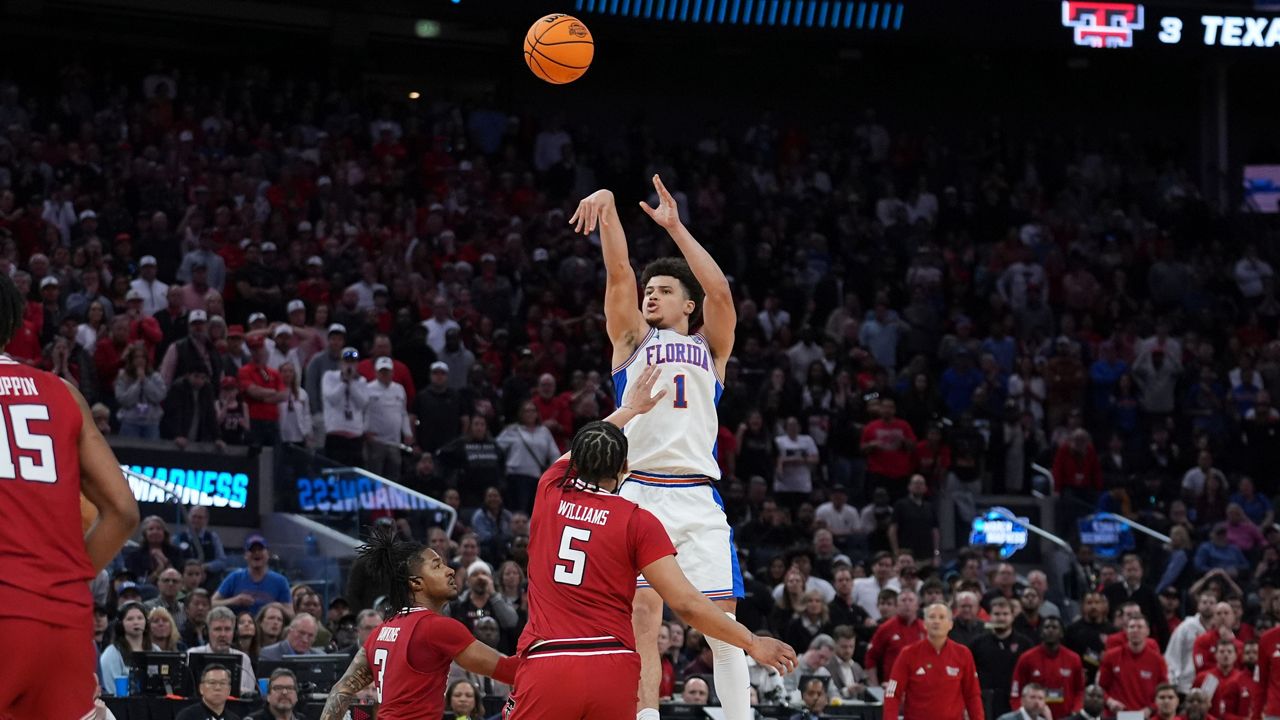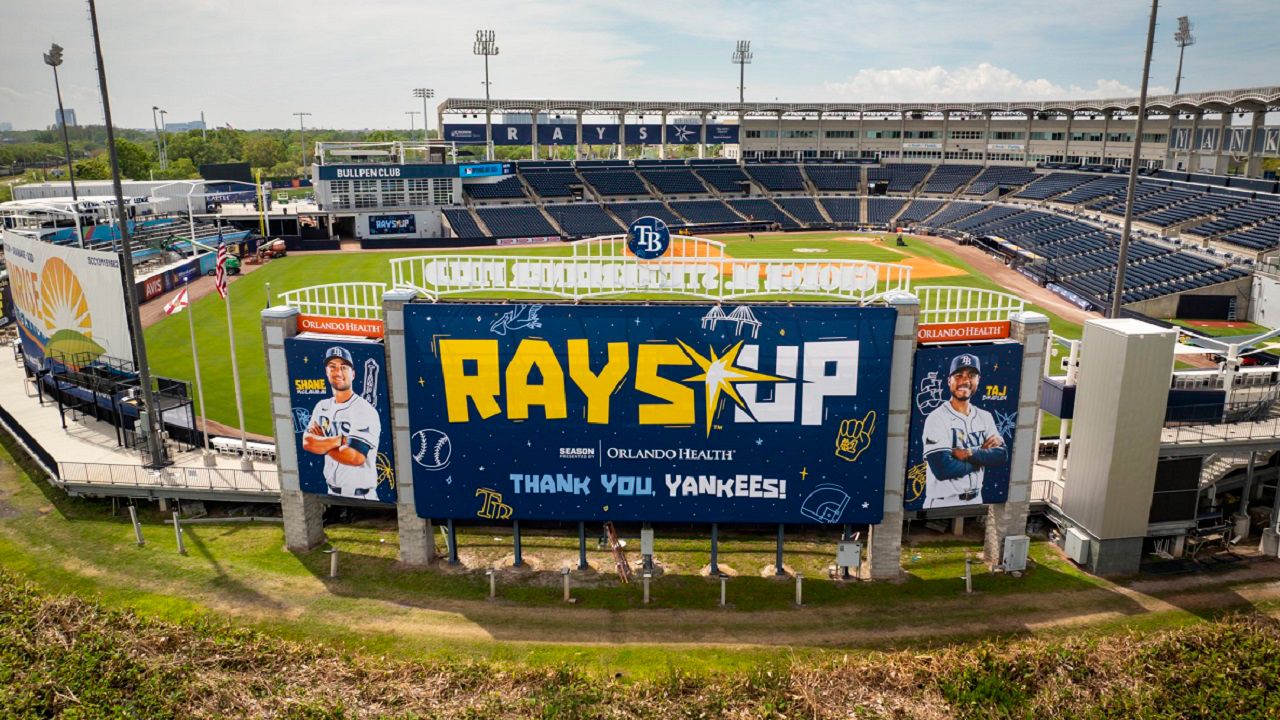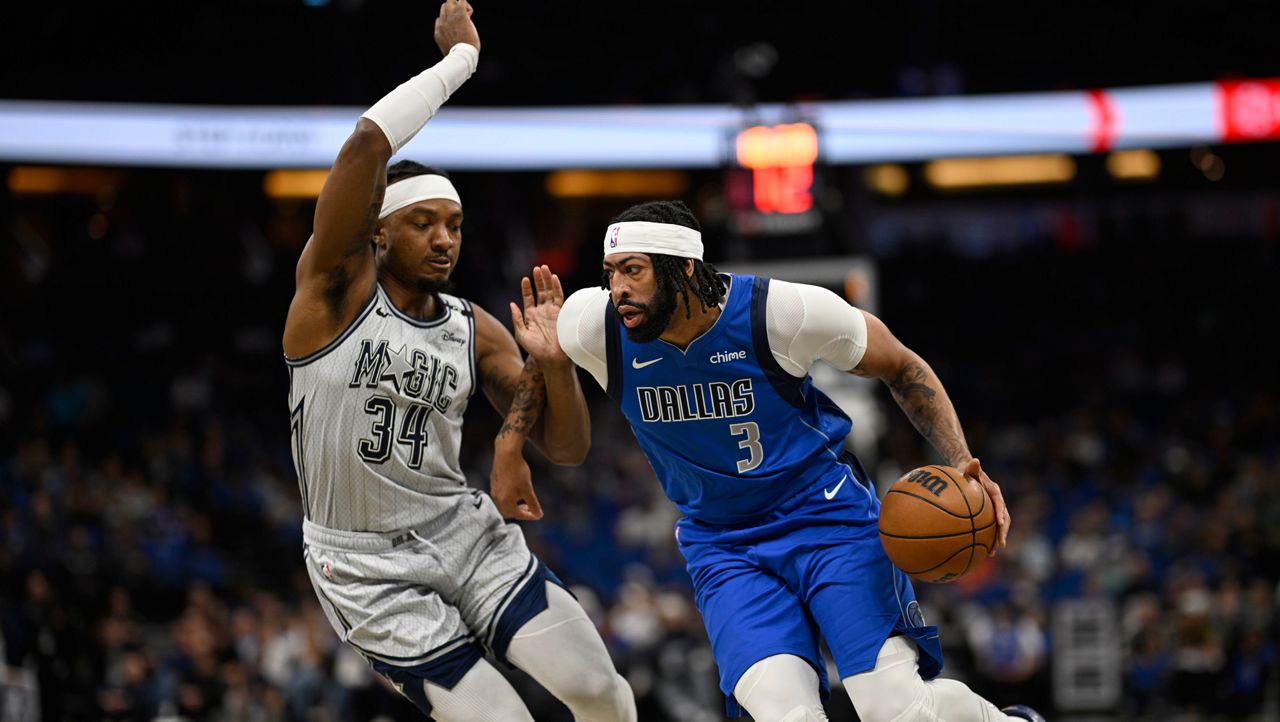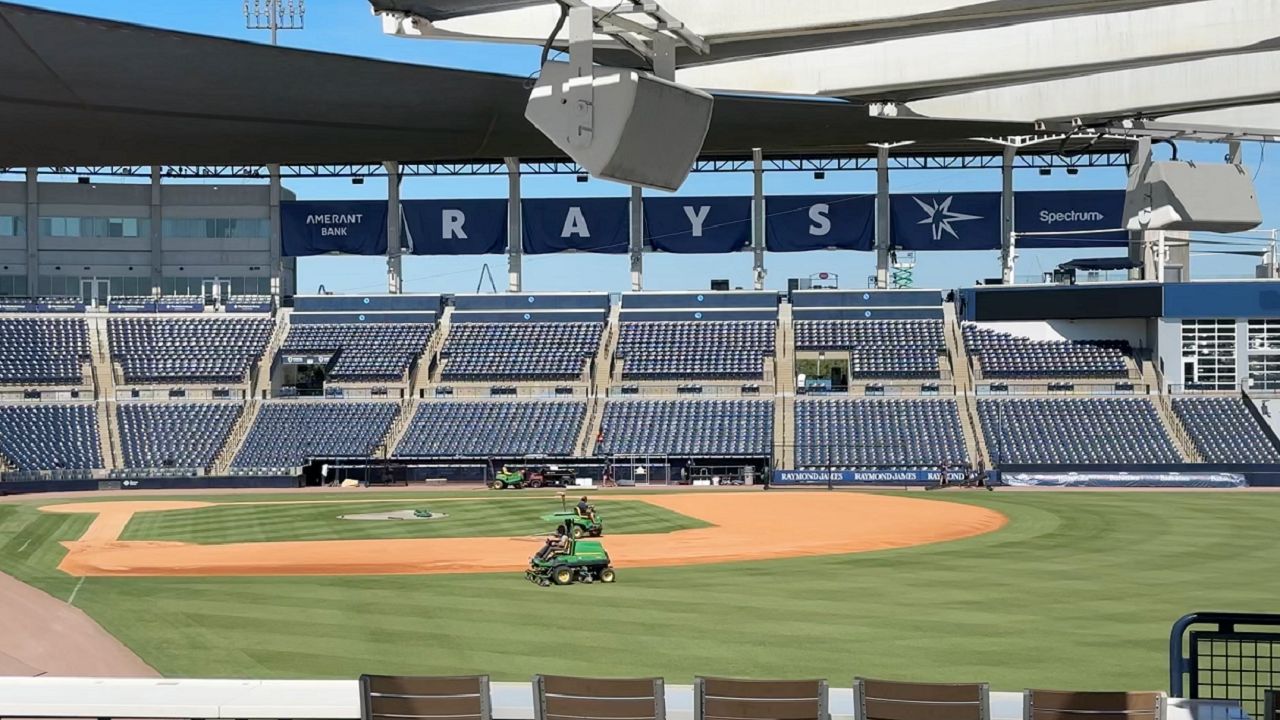ORLANDO, Fla. — An injury for any athlete can be devastating and normally can be diagnosed and treated right away, but then there are the wounds that can't be seen and disguises itself as something else, which Corey Black says is what happened to him.
Black had a passion for baseball but hasn’t played since 2013.
“It was awesome," he said. "I mean, we won a lot of tournaments, but the national championship one is something I’ll never forget, that’s for sure.”
After baseball, he wasn’t feeling quite himself — simple things like concentration while reading, motivation and cognition started to become difficult.
“The complications came on after baseball, after I turned 18," Black said. "I stopped being so active and I could see myself declining."
“I would go to the hospital, leave and no follow up,” he said of three concussions he suffered, two from his time playing baseball. “Then when the doctors saw I wasn’t feeling good they said it was anxiety and depression.”
At the age of 18, for years he would take medication, but things seemed to get worse.
While in New York, he attended law school. When Corey realized he couldn’t even get through a page of reading without losing concentration, that’s when the family decided there was more to the original diagnosis.
“Nine years of medicine and they finally scan my brain and it’s traumatic brain injury," he said.
Finally, when he decided to move down to Oxford with his family, the answers they had been seeking were less than 10 minutes away at the Aviv Medical Clinics at The Villages. That’s where Dr. Mohammed Elamir Medical Director at the clinic and his team of doctors, along with physical therapists, were confident they could help Corey.
When Corey finally had a scan of his brain, scans showed an alarming amount of blue, which is the closest you can get to black, meaning cell death. At that point, if it had gotten to black, that can’t be fixed.
“Once we saw that, we said those are the areas of the brain we want to focus on. That’s cell injury, we can help those injured cells and to help function going forward,” Elamir said. “The treatment is effective, but you also have to work, and Corey wanted to get better.”
The treatment consisted of a 12-week hyperbaric oxygen treatment (HBOT) where Corey would sit in a chamber for two hours breathing 100% pure oxygen and work on brain exercises enhanced with physical training and personalized nutrition.
Since starting treatment Corey has seen a significant difference in almost everything that he does, from reading to every day physical activities.
It’s a transformation and his new brain scans show that.
“No blue, a lot more pink, it’s just an astronomical difference in just pictures themselves," he said.
Now, Corey is in the maintaining phase, journaling his progress, keeping active and says he’s feeling more and more like the athlete he was. "It was just wonderful, you know, feeling that I could be strong, be athletic again, because that was a huge part of my life," he said.
Corey is at the point in treatment where he is going for a checkup every six months and has a session or two with the physical therapist monthly. He takes it upon himself to stay active and go to the gym.
He says that he’s seen a lot of improvement in his cognition, how quickly he can sit down and get up and he has lost 45 pounds. He's picked up golfing while being here and hopes to possibly join an adult baseball or softball league and maybe even coach one day.









